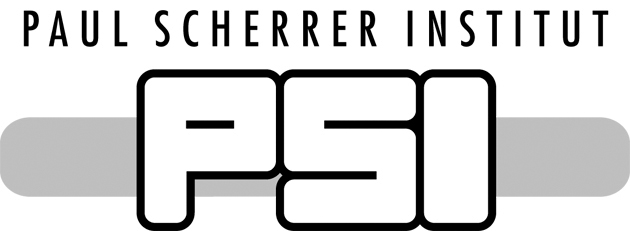
Thursday, May 23, 2024, 16:00
WBGB/019
Kjeld Eikema, LaserLaB Vrije Universiteit Amsterdam, The Netherlands
Abstract:
Precision spectroscopy of atoms and molecules is widely used for tests
of elements of the Standard Model, such as quantum electrodynamics
(QED), and for determinations of fundamental constants and nuclear
charge radii. This requires 'simple' systems that can be calculated
accurately, and in Amsterdam we perform spectroscopy on several of them.
I will focus on helium and singly-ionized helium; both provide
significant challenges and extremes.
For the neutral helium experiment we (laser) cool 3He and 4He to quantum degeneracy and trap it in a focused laser beam at the 'magic' wavelength of 320 nm. The resulting ultra-cold Fermi gas (3He) and Bose-Einstein condensate (4He) show widely different quantum behavior and spectroscopy. In both isotopes we measured the doubly-forbidden 2 3S1 ‒ 2 1S0 transition at 1557 nm with better than 200 Hz accuracy (~1:1012), from which we can deduce a charge radius difference between the helion and alpha particle with unprecedented accuracy [1]. Interestingly, an evaluation recently by the CREMA collaboration of the same charge radius difference from muonic helium ion measurements [2] leads to a value that deviates by 3.6 combined sigma.
The other experiment is based on spectroscopy of the 1S-2S transition in 4He+, which requires two-photon excitation involving extreme ultraviolet. This is difficult, but a precision at the kHz level (1:1013) would enable an independent check of the Rydberg constant, an improved determination of the absolute alpha particle charge radius, or a test of higher-order QED. We recently demonstrated optical excitation of the 1S-2S transition in He+ for the first time by combining an intense ultrashort 790 nm laser pulse with its 25th harmonic at 32 nm [3]. We also simulated the excitation process with Time-Domain Schrödinger Equation calculations. The 790 nm intensity of 1014 W/cm2 boosts the transition probability strongly, but also leads to extreme light-induced transition shifts of tens of THz. Surprisingly, this will not hamper future precision measurements! I will explain why and give an update on the current status of the experiments.
[1] Y. van der Werf et al., arXiv:2306.02333
[2] K. Schuhmann et al., arXiv:2305.11679
[3] E.L. Gründeman et al., arXiv:2308.13271